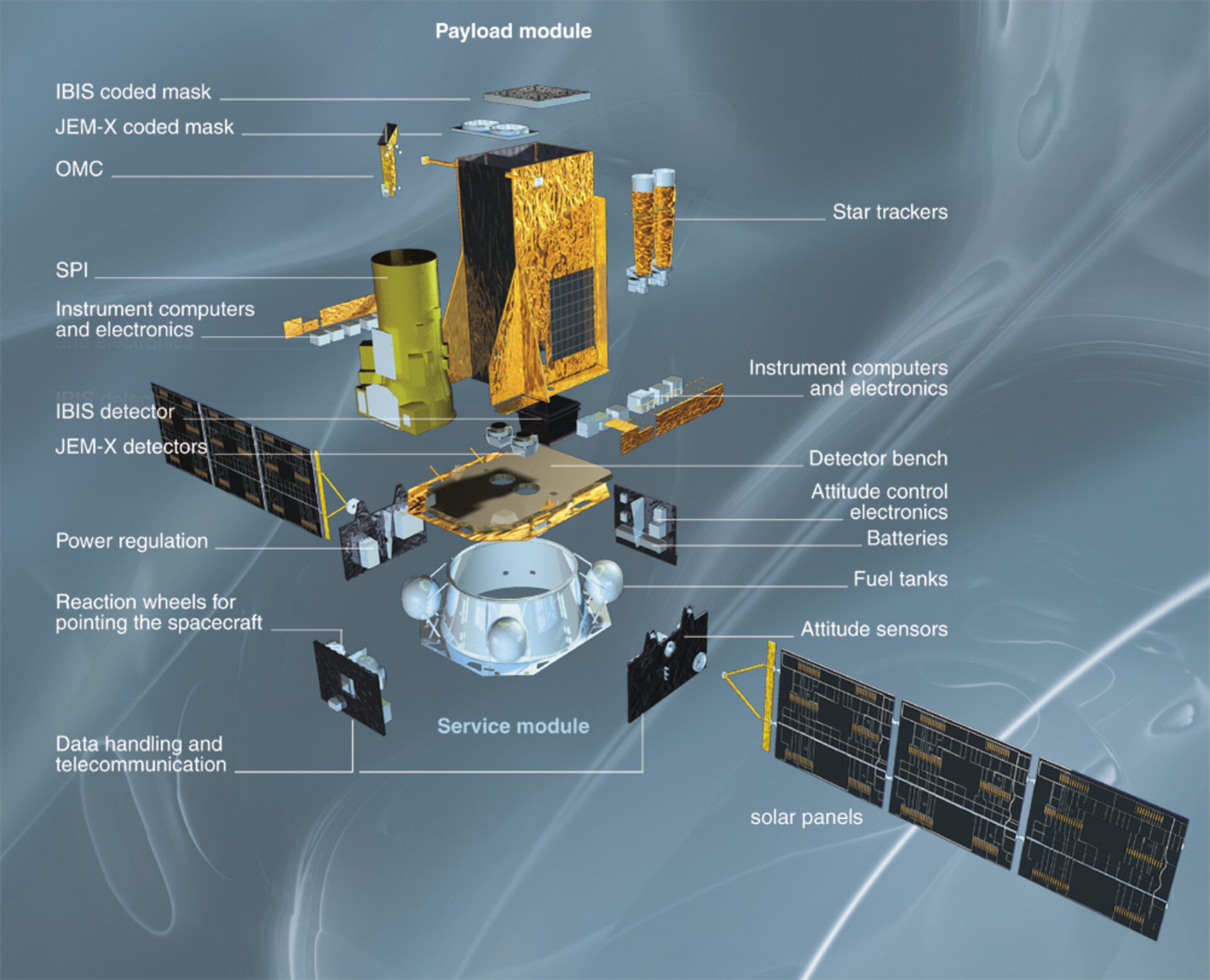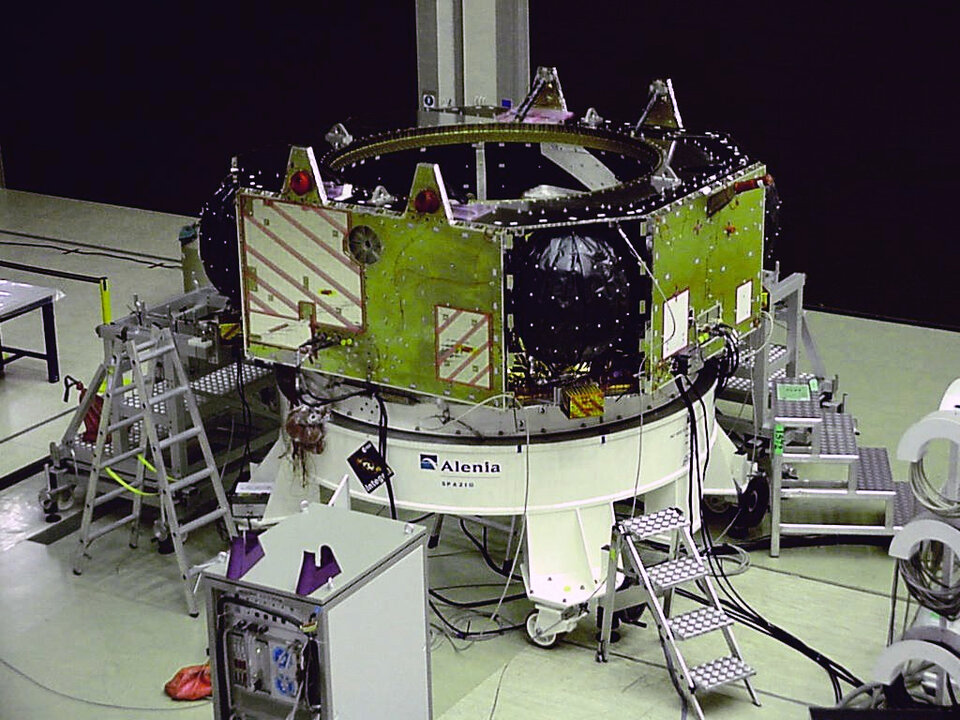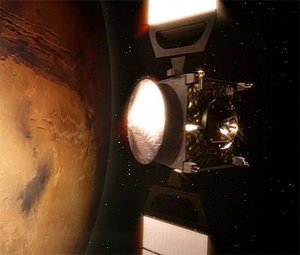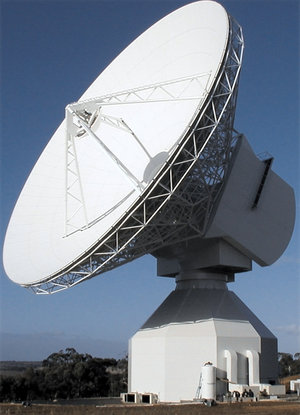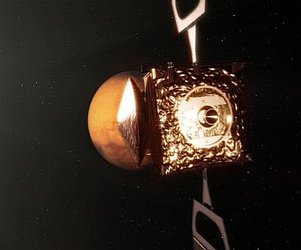Serving the spacecraft
Just as a car has a number of essential requirements that allows it to function (an engine, battery, steering and wheels, for example), so a spacecraft has essential systems that allow it to operate in space.
Most of these systems are housed in a section of the spacecraft usually called a 'service module'.
The spacecraft must generate power and distribute it to the various instruments and other service systems onboard. Power is usually provided by solar panels, which convert sunlight into electricity, and a system of batteries that cut-in when the spacecraft is in the shadow of a celestial object, or turned away from the Sun.
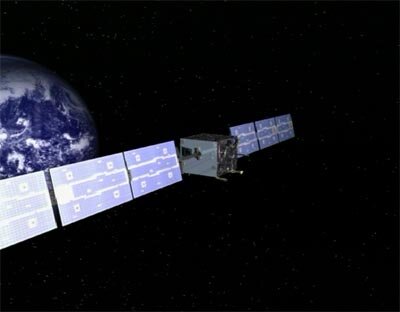
A navigation system is essential, both for the spacecraft to get to its intended target and for other tasks such as keeping solar panels pointed towards the Sun. The 'eyes' of the navigation system are the sun sensors and the star trackers.
The former allow the spacecraft to know where the Sun is, and the latter provide the spacecraft with the ability to view the surrounding stars in order to calculate its course – just like the mariners of historical times.
At present, the star sightings are sent to Earth and engineers perform the calculations. In the future – using a system being pioneered on ESA’s SMART-1 Moon mission – ESA’s spacecraft will perform their own navigational calculations using on-board computers.
Along with attitude wheels and gyroscopes, manoeuvring thrusters are a key component of the service module and interact with the navigation system to keep orientation constant. Most spacecraft are three-axis stabilised and this means that instead of spinning, they sit 'upright' in space.
Thrusters must counteract any deviation from this precisely held position. They also steer the spacecraft through other manoeuvres, such as orbit changes, which need to be made from time to time.
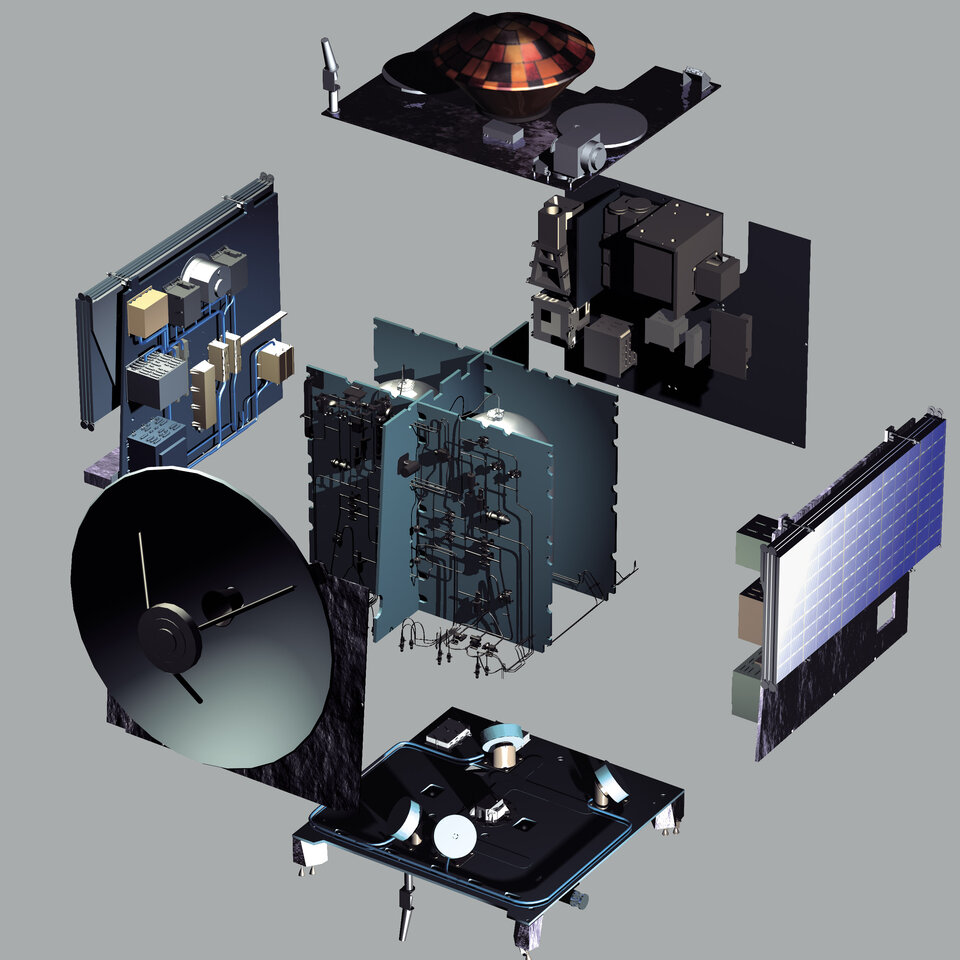
The communications antenna of the service module returns the science data from the instruments and 'housekeeping' data that allow engineers back on Earth to monitor the condition of the spacecraft.
The communications system also processes all incoming commands, such as for activating thrusters and or selecting observation targets for instruments.
Only when all these essential spacecraft servicing systems are in place and functioning, can the payload – the actual science instruments and experiments – be placed on the spacecraft. Sometimes, these are bolted to the service module superstructure, as in the case of Mars Express.
At other times, if they are a bulkier system, a set of telescopes for example, they are secured into a separate payload module that is then mated with the service module. This was the situation for ESA’s gamma-ray observatory, Integral.


